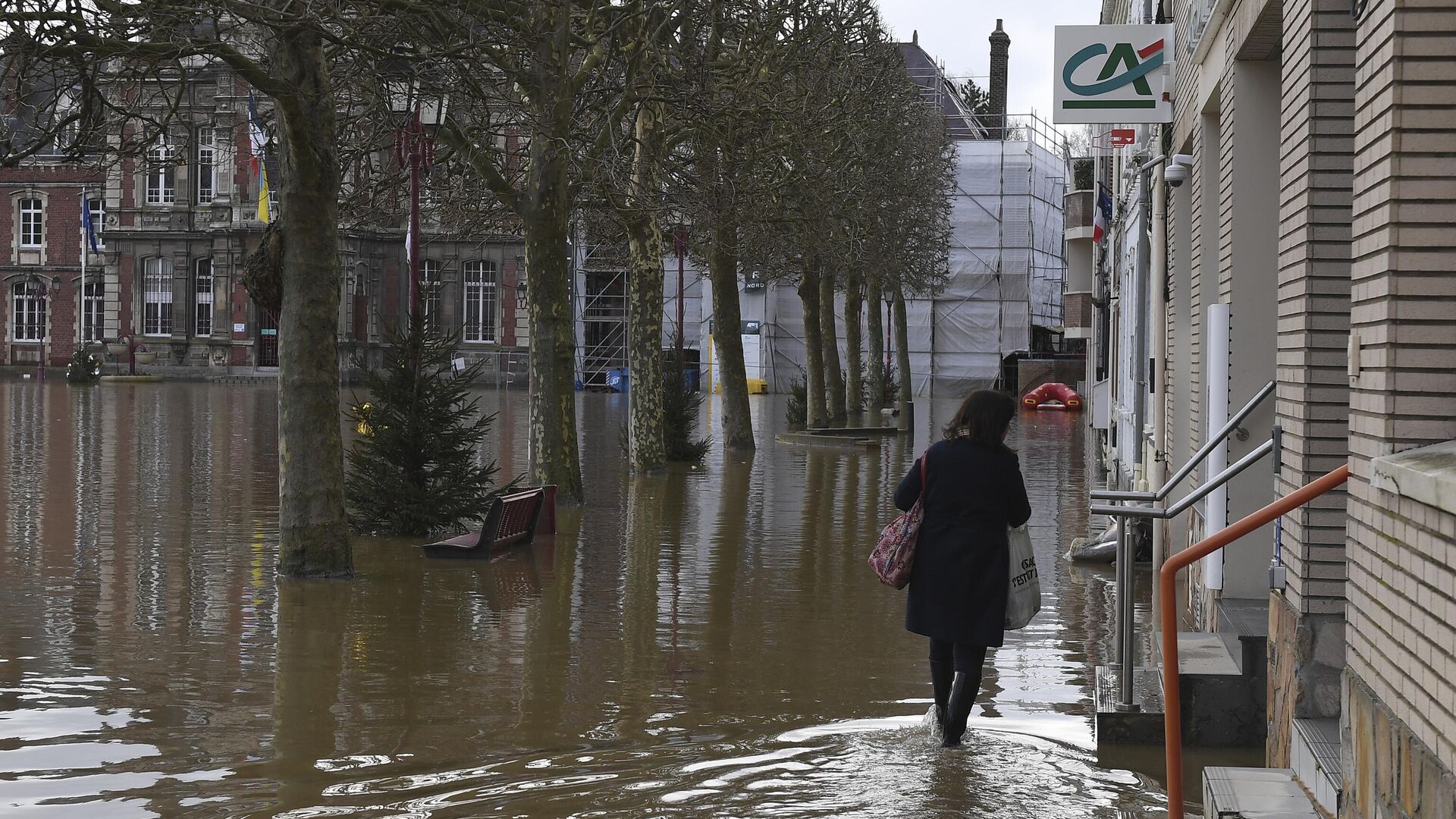
Paris - Saba:
French authorities have expressed concern about potential spread of dengue and chikungunya epidemics in European regions of the country, in light of the rising number of cases recorded in the Auvergne-Rhône-Alpes region in southeastern France.
According to BFMTV, active outbreaks of these two viruses were previously limited to certain French overseas territories.
According to official data as of May 7, 12 people have died as a result of the epidemic on the island of La Réunion, and more than 47,500 cases have been recorded. An increase in infection rates has also been recorded in Mayotte.
According to the regional health agency, 37 cases of chikungunya fever and 31 cases of dengue fever have been detected in the region since May 1, according to the channel.
The report indicated that the tiger mosquito, which transmits these two viruses, began spreading in the region several years ago with the arrival of warmer weather.
Chikungunya virus is transmitted through mosquito bites, and the incubation period lasts several days. Symptoms may include high fever, severe joint pain, headache, rash, and nausea. There are no specific antiviral medications for fever; treatment is limited to symptom relief with antipyretics, pain relievers, and fluids.
Although the disease does not usually lead to life-threatening complications, it can pose a risk to the elderly and those with weakened immune systems.
Tropical regions in Africa, India, Southeast Asia, and the islands of the Indian Ocean are natural areas for the spread of chikungunya fever, with seasonal outbreaks recorded annually. It has also been observed in Mexico and Guatemala.
It is worth noting that between 2005 and 2006, the French island of Mayotte experienced an epidemic that infected approximately 260,000 people—more than a third of the island's population—and resulted in the deaths of more than 200 people.